- Search
- See Map
- General Information
- Directions
- Mobile app
-
Frequently Used Menu
Quickly search for information.
Frequently Used Menu setting
You can easily navigate the site by setting the menu you frequently visit!
Animal welfare story
The zoo runs a daily behavioral enrichment program for animals.
On the Day of Behavioral Enrichment, observe the behavior of animals through videos taken by zookeepers.
Introduction to Behavioral Enrichment Program
Behavioral enrichment is an animal husbandry principle that seeks to enhance the quality of captive animal care in the limited space of a zoo
by identifying and providing the environmental stimuli necessary for optimal psychological and physiological well-being.
Enrichment program was developed to increase desirable and normal behaviors for a given species and to decrease undesirable behavior,
while reducing stress and therefore promotes overall encourage species appropriate behaviors,
from finding food, to guarding territories and avoiding predators to settling down.
Types of enrichment programs are as follows, and more than two types can be overlapped in application.
01 Environmental Enrichment
The program enriches or enhances the level of physical and social stimulation provided by the captive environment.
- Provide the animal with mud or sand pit or pool areas where they can bathe
- Plant plants and trees, real or artificial
- Install shades
- Install intricately connected ropes at varying heights and locations
- Install flooring materials that can stimulate olfactory or tactile senses
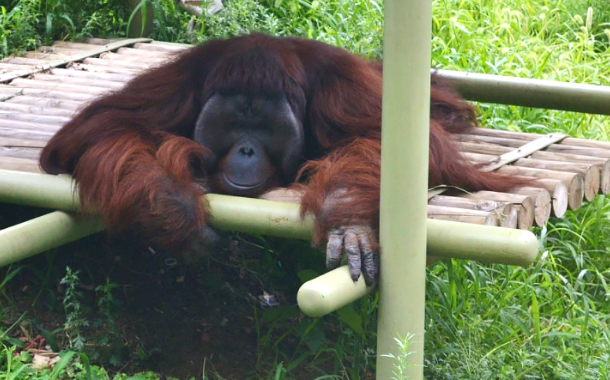
Outdoor field built for orangutans
02 Food Enrichment
The most widely used enrichment gives a variety of ways for animals to eat food. Keepers can present an animal's normal diet as well as new food items in a variety of ways such as in a puzzle feeder, hidden, buried or scattered throughout the enclosure, or in frozen ice treats.
- Scatter food throughout the enclosure
- Use a puzzle feeder
- Change the location of feeding stations
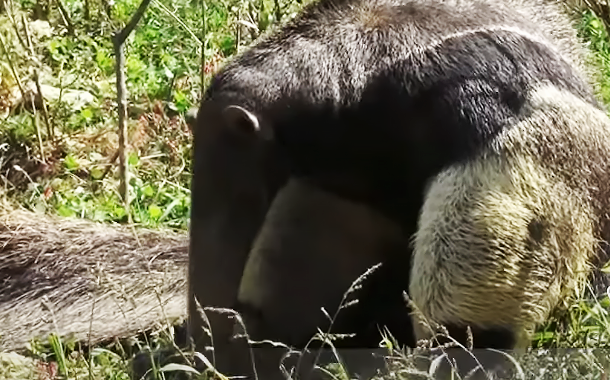
Giant anteater hunting ants in trees with its long tongue
03 Social Enrichment
The program stimulates the animal’s social behaviors and feelings.
- House a group of conspecifics (social group) suitable for the species
- House animals of different species that they would encounter in the wild
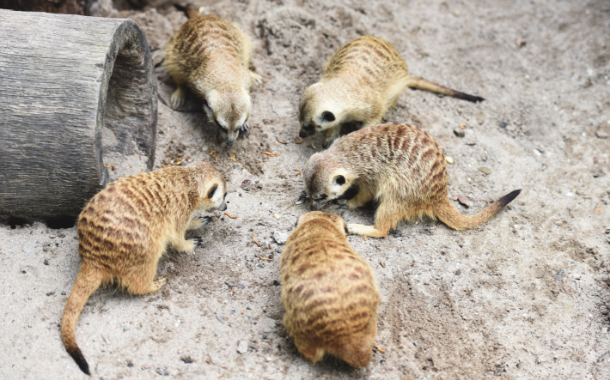
Meerkats in social groups
04 Sensory Enrichment
The program aims to enrich any of the five senses, sight, sound, touch, smell and taste.
- Stimulate olfactory senseUse the scent of other animals, spices, herbs or fragrance
- Stimulate auditory senseUse the sound heard in the wild habitat, the sound made by predators or the same species, music, etc.
- Stimulate visual senseDisplay predators-preys (wolves-deer), use colorful objects
- Stimulate tactile senseUse objects of various materials, flooring materials and food of different textures
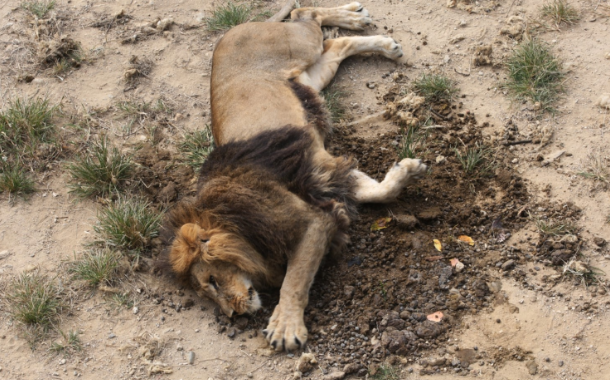
Lions rolling in elephants’ and elands’ dung
05 Cognitive Enrichment
The program provides opportunities for animals to stimulate and improve cognitive skills, related to the animal’s wellbeing.
- Offer new experiences, such as new food, objects, scent, etc.
- Use a puzzle feeder
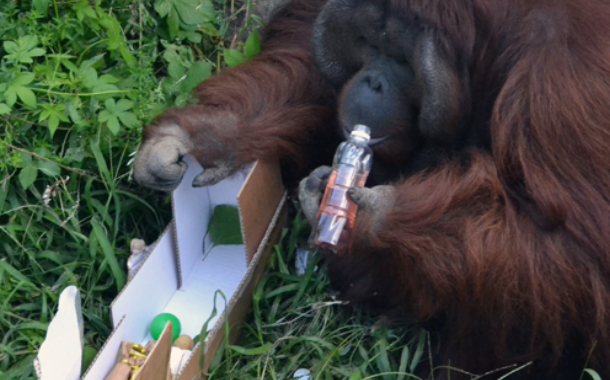
Orangutans experiencing newness with new objects
06 Play Enrichment
The program aims to make the environment more playful, activity-filled and stress-free.
- Offer fun toys, such as Boomer balls, chewable items, etc.
- Install a hammock
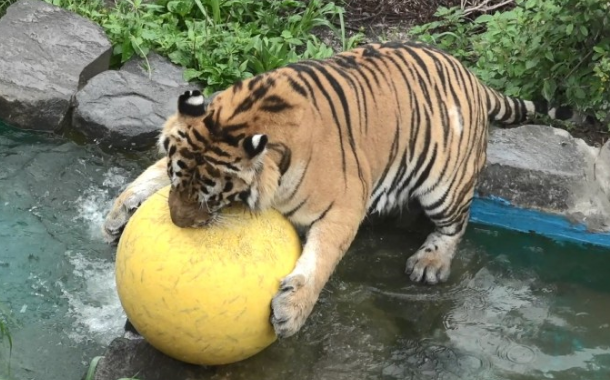
Tigers at play with balls
Positive Reinforcement Training in a Zoo Setting
Positive reinforcement training is used to condition the animals,
for repeated positive appraisals “controlled experimental conditions” in most animals result in positive behaviors.
By offering what the animal like (food, petting or playing, etc.),
the zoo keeper can increase his chances of more easily controlling its behaviors
The trained animal would, for example, voluntarily take part in its health check-up.
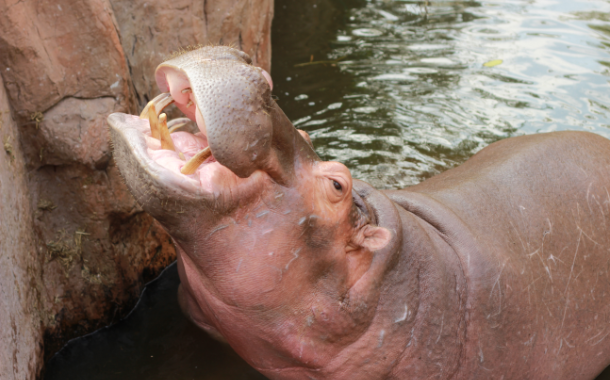
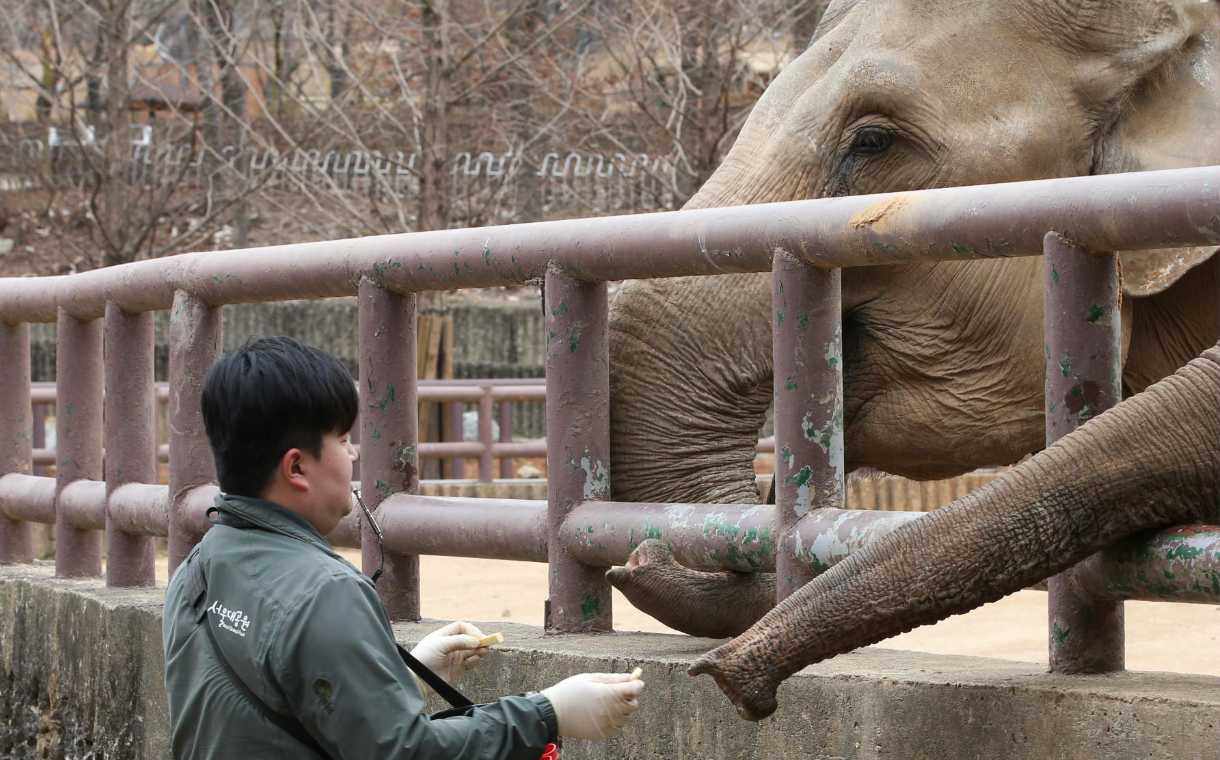
개인정보 수집 및 활용 동의
- 수집이용목적 : 뉴스레터 발송
- 수집항목 : 이메일 주소
- 보유 및 이용기간 : 2년
- 동의거부에 따른 불이익:
개인정보 수집 동의를 거부하실 수 있습니다. 다만, 동의하지 않을 경우 뉴스레터를 받으실 수 없습니다.
개인정보는 위 수집·이용 목적 이외의 다른 목적으로 사용하지 않습니다.


